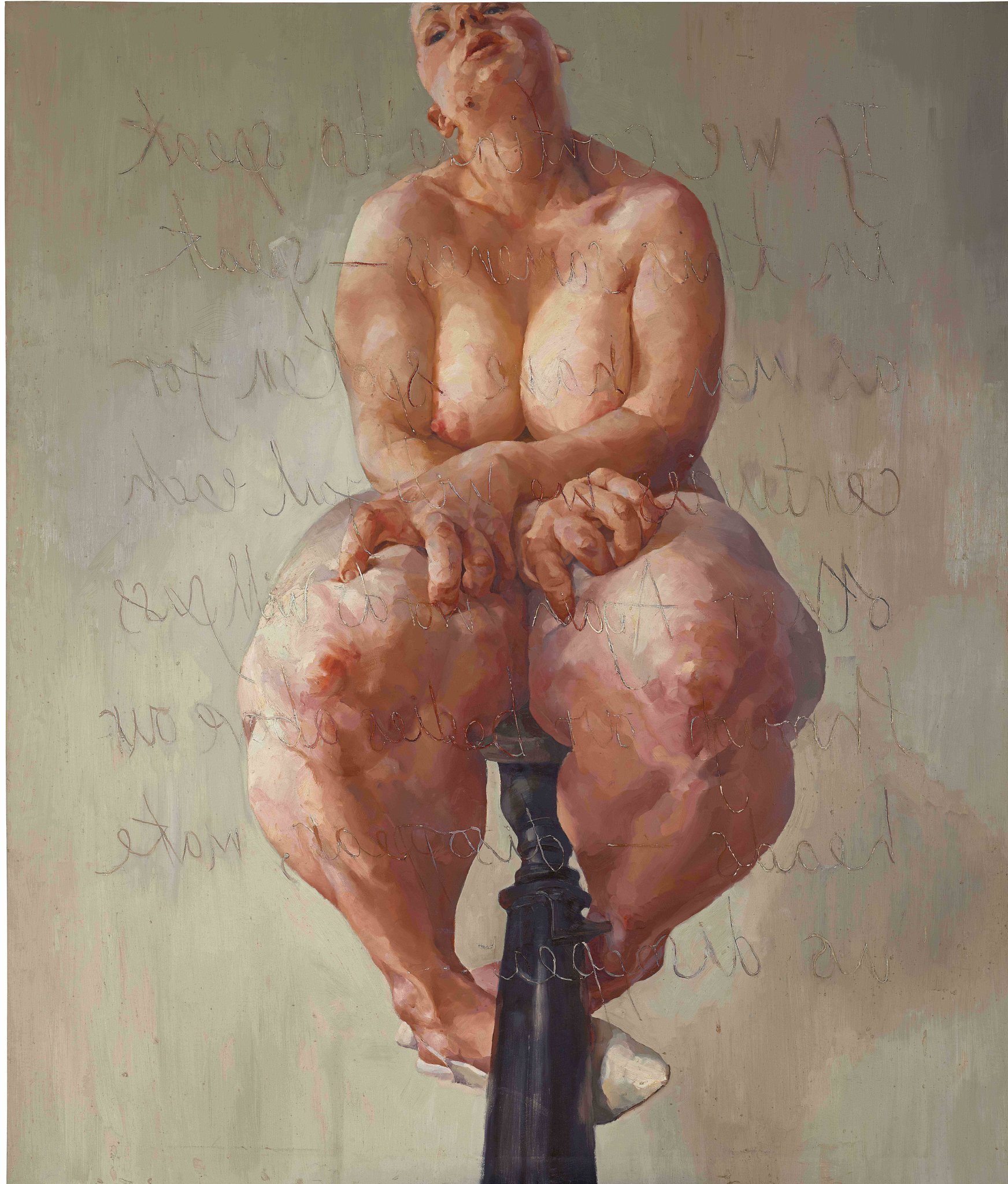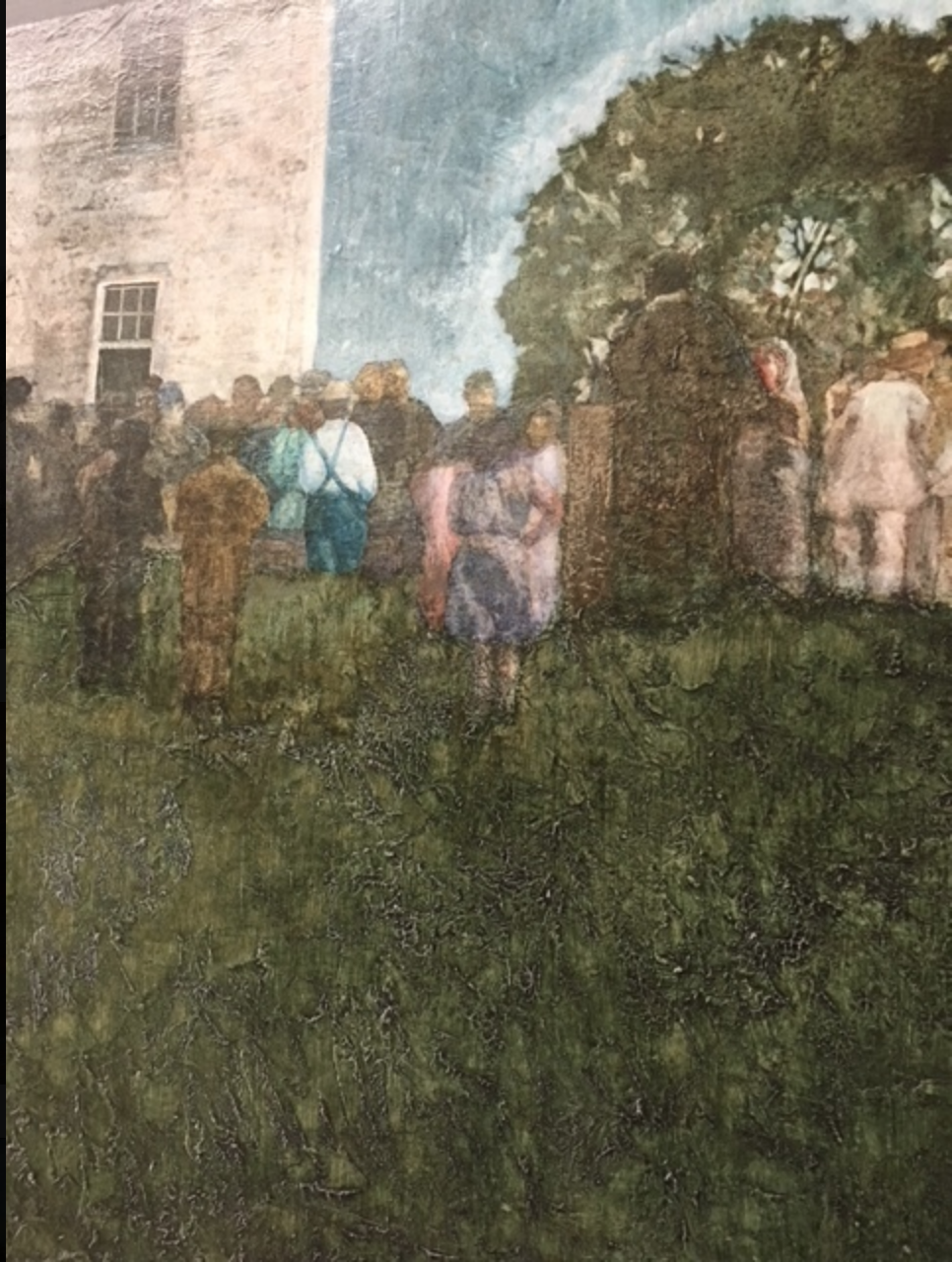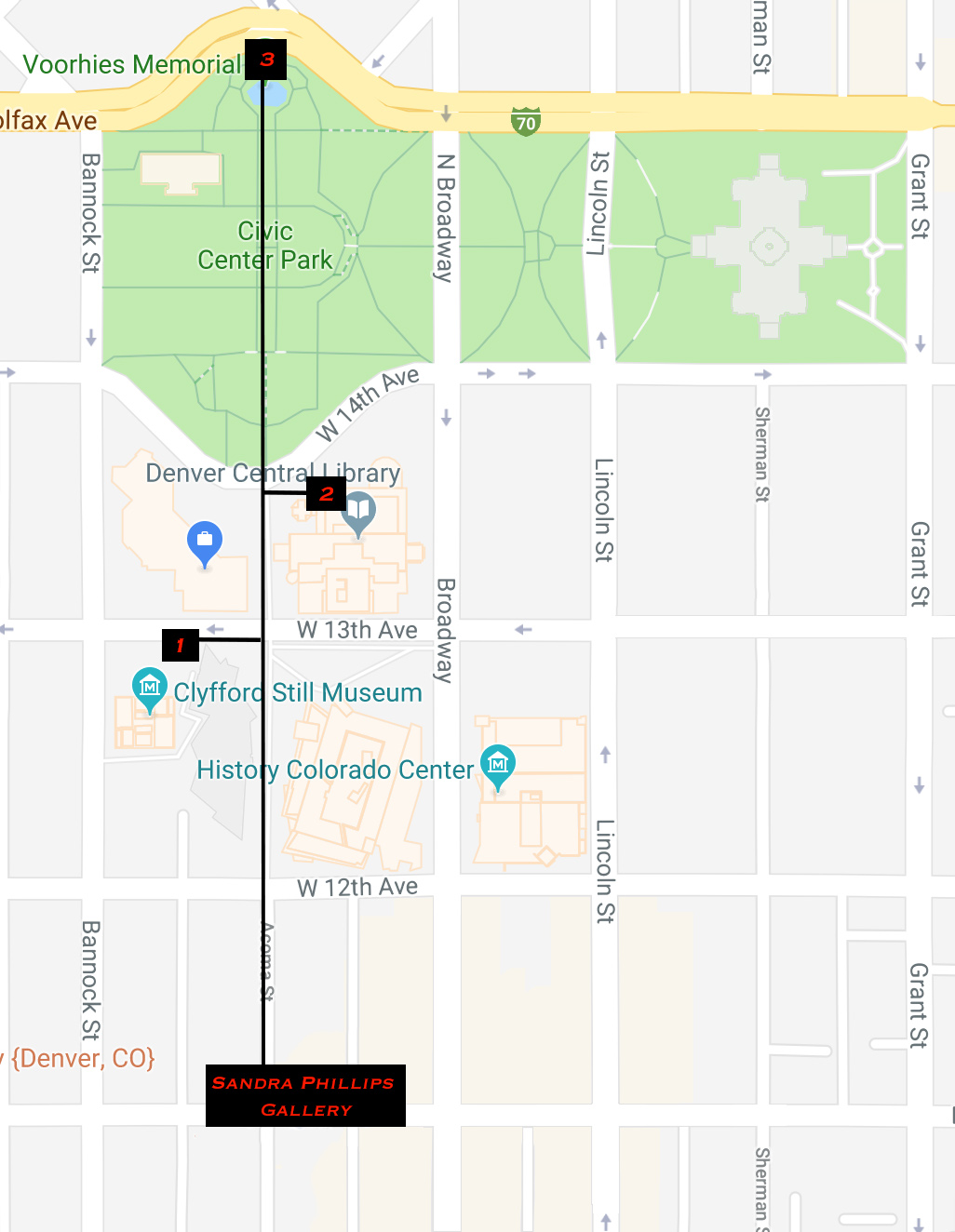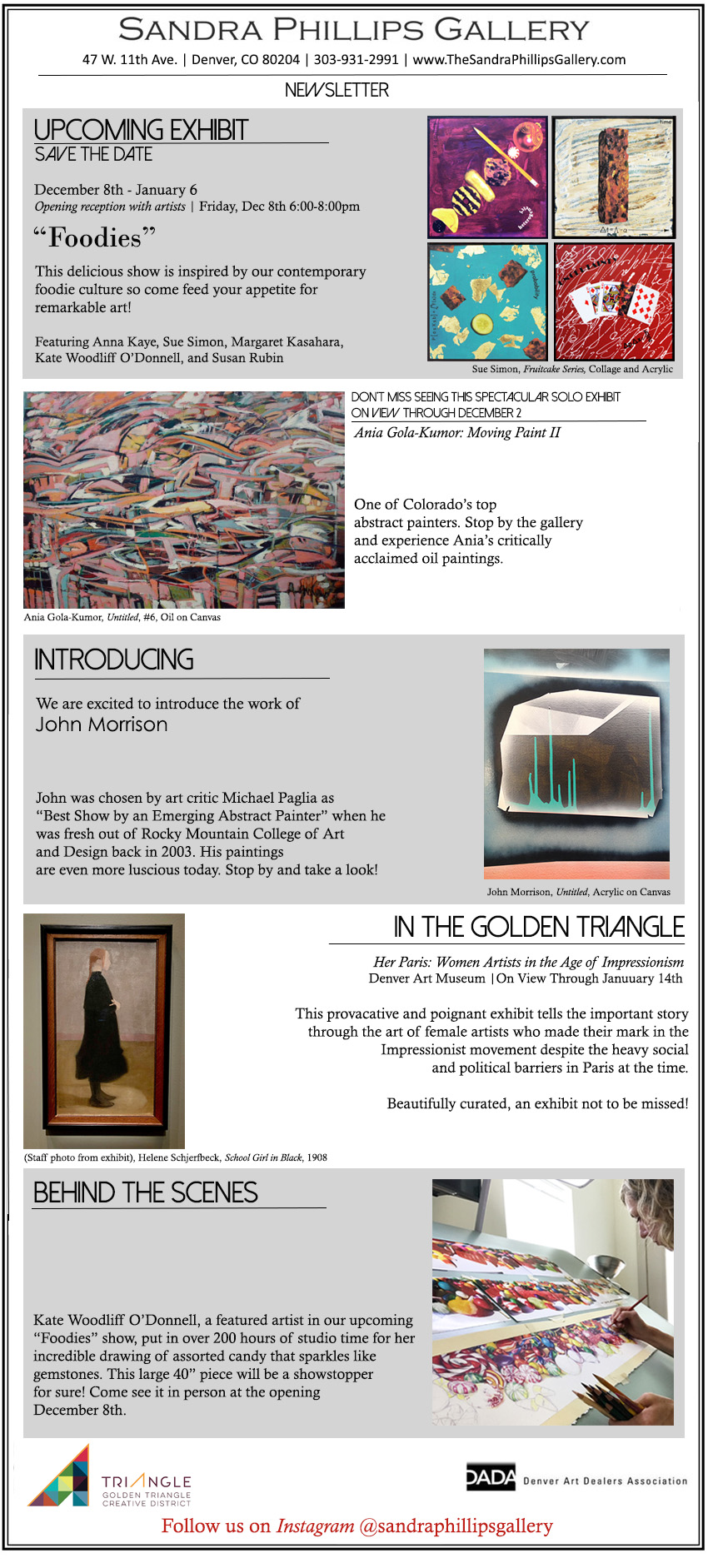The 79th Whitney Biennial is a stand out! For me, it was refined, full of new ideas and intellectually engaging as compared to past years. The Whitney demonstrates that museums are places to have difficult conversations in a sometimes offensive world and to raise issues that aren’t always easy.
Over half of the 75 participants are women and half are artists of color. This greater parity of gender and race represents the real world of American contemporary art today.
Curators Jane Panetta and Rujeko Hockley deserve massive congratulations in selecting art to confront and address our current world. “The most critical issues artists are dealing with today are climate change, racial and gender equity, questions that felt right from the get-go we wanted to have present in this biennial,” said Biennial curator Rujeko Hockley.
I saw subject matter as just as important as the form itself, and I noticed how subject matter flowed elegantly as a vehicle for change through structure, surface, and form.
Ellie Ga
Simone Leigh
Jeffrey Gibson
Wangechi Mutu
Nicholas Galanin
























